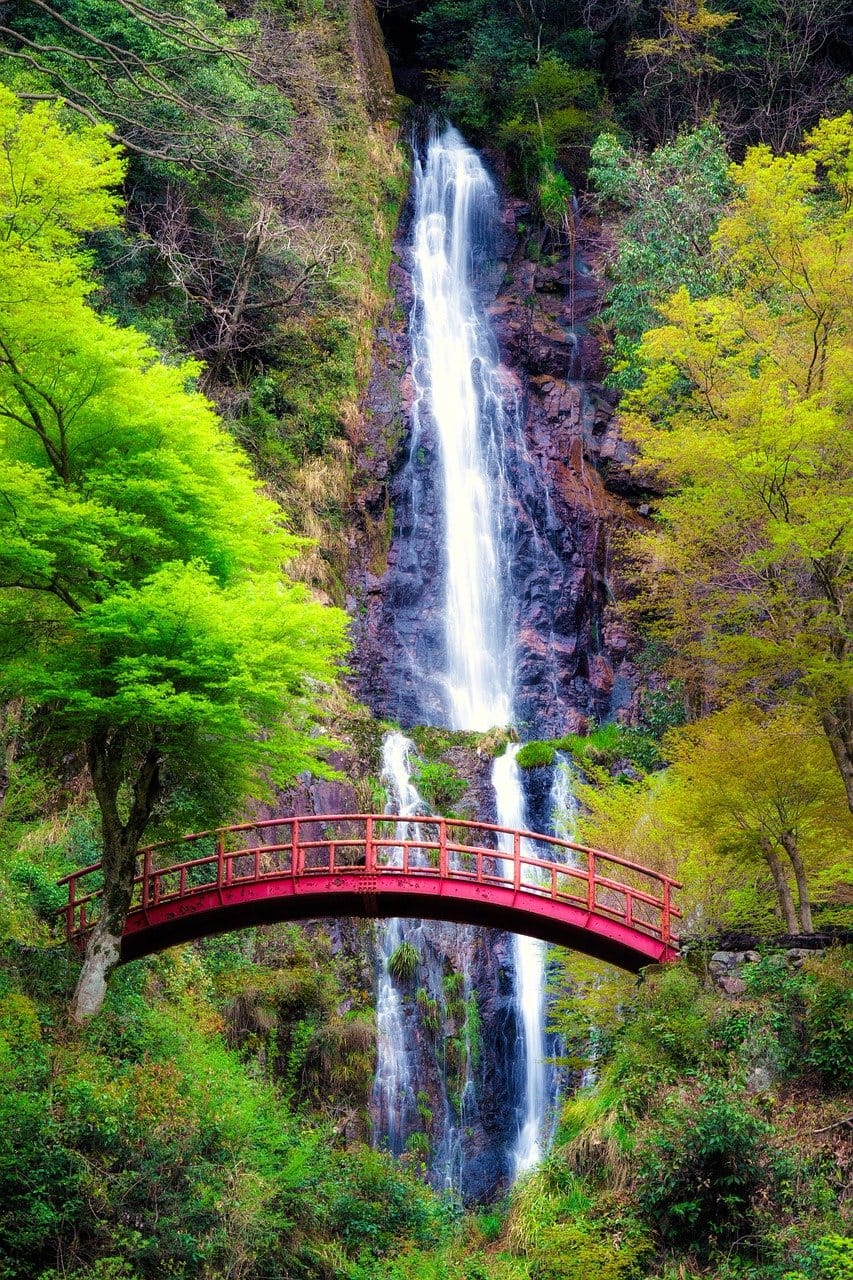
If you’re planning to engage in high-risk activities during your safari, such as hiking Mount Kilimanjaro, hot-air ballooning in the Serengeti, or a walking safari with close wildlife encounters, it’s essential to have the right travel insurance. These activities can be thrilling but come with added risks, and standard travel insurance might not cover them. Here’s a guide on how to secure travel insurance for high-risk activities and make sure you’re fully protected.
What Are High-Risk Activities?
High-risk activities refer to experiences that carry a higher likelihood of injury or accidents compared to everyday activities. For a safari in Tanzania, these might include:
- Mountain climbing (e.g., Mount Kilimanjaro)
- Hot-air balloon rides
- Walking safaris in national parks
- Bungee jumping or zip-lining
- Canoeing or kayaking
- Horseback riding through wildlife areas
- Scuba diving or snorkeling
- Safari drives on off-road trails or in remote areas
These activities are thrilling and provide an unforgettable experience, but it’s important to ensure that your travel insurance policy covers them.
What to Look for in Travel Insurance for High-Risk Activities
1. Adventure Sports and High-Risk Activity Coverage
- Why It’s Important: Standard travel insurance policies typically exclude coverage for high-risk activities. If you’re planning on doing any of the activities mentioned above, you need to make sure your policy includes specific coverage for them.
- What to Look For:
- A policy that includes coverage for adventurous and high-risk activities.
- An option to add an adventure sports rider or policy extension to include activities like mountaineering, hiking at high altitudes, or ballooning.
- Ensure that any specific risks associated with wildlife interaction (e.g., walking safaris) are covered.
2. Medical and Emergency Evacuation Coverage
- Why It’s Important: Accidents during high-risk activities can result in serious injuries that may require immediate medical attention or evacuation to a hospital.
- What to Look For:
- Comprehensive emergency medical coverage that includes evacuation to the nearest medical facility.
- 24/7 emergency assistance and air ambulance services for remote locations like the Serengeti or Mount Kilimanjaro.
- Coverage for mountain rescue if you’re hiking or climbing at high altitudes.
3. Trip Cancellation and Interruption Coverage
- Why It’s Important: If an unexpected injury or emergency forces you to cancel or cut short your adventure, travel insurance can help you recover non-refundable expenses.
- What to Look For:
- Protection against trip cancellations, interruptions, or delays due to injury or illness caused by high-risk activities.
- Coverage for any prepaid tours or activities, such as safari bookings or climbing fees, in case you need to reschedule or cancel.
4. Personal Liability Coverage
- Why It’s Important: High-risk activities can sometimes lead to accidents that affect others. If you cause harm or damage during an activity, personal liability coverage will protect you.
- What to Look For:
- Coverage for third-party accidents or damages, including during activities like horseback riding or driving off-road.
- Protection in case of legal claims resulting from incidents during your activities.
5. Coverage for Specific Activities
- Why It’s Important: Many insurers will offer separate coverage or restrictions for particular high-risk activities. You’ll need to know exactly which activities are covered by your policy.
- What to Look For:
- Ensure your policy explicitly covers the activities you plan to undertake, such as hiking at altitudes above 3,000 meters (for Kilimanjaro) or participation in safari walking tours.
- If you plan to participate in extreme activities like bungee jumping or scuba diving, verify these are included in your policy or available as an add-on.
Top Travel Insurance Providers for High-Risk Activities
1. World Nomads
- Why It’s Great for High-Risk Activities:
- World Nomads specializes in providing coverage for adventure travelers. It includes a wide range of activities, from trekking and climbing to wildlife safaris and hot-air ballooning.
- Offers a flexible policy that allows you to extend coverage while you are traveling.
- Includes 24/7 emergency assistance, medical evacuation, and high-altitude coverage for activities like Kilimanjaro trekking.
- Coverage Highlights:
- Medical expenses and emergency evacuation.
- Adventure activities, including walking safaris, mountaineering, and wildlife viewing.
- Trip cancellation and interruption.
2. SafetyWing
- Why It’s Great for High-Risk Activities:
- SafetyWing offers flexible travel insurance designed for remote workers, digital nomads, and adventure travelers. It covers a variety of high-risk activities.
- Can be easily extended while traveling, providing coverage for unexpected activities you might decide to do during your safari.
- Ideal for long-term travelers and includes 24/7 support.
- Coverage Highlights:
- Emergency medical coverage and evacuation.
- High-risk activities like scuba diving and hiking.
- Loss of baggage and trip cancellations.
3. Allianz Global Assistance
- Why It’s Great for High-Risk Activities:
- Allianz provides comprehensive travel insurance with the option to add coverage for high-risk activities.
- Offers protection for climbing, hiking, and other adventure sports as well as coverage for personal injury and medical expenses.
- Coverage Highlights:
- Medical evacuation and repatriation.
- Optional coverage for adventure activities.
- Trip delay, cancellation, and interruption coverage.
4. AIG Travel Guard
- Why It’s Great for High-Risk Activities:
- Known for offering a range of policies that can be tailored to include adventure sports and activities.
- AIG offers coverage for activities like mountaineering, safaris, and off-road driving in remote areas.
- Coverage Highlights:
- Adventure sports, including hiking and mountaineering.
- Medical treatment and emergency evacuation.
- Trip cancellation and interruption.
Tips for Choosing the Right Insurance for High-Risk Activities
1. Be Specific About Your Plans
Ensure that you clearly list all the high-risk activities you plan to do during your trip when purchasing travel insurance. If you plan to climb Mount Kilimanjaro, go on a walking safari, or take a hot-air balloon ride, make sure these are specifically mentioned in your policy.
2. Check for Exclusions
Some insurance policies exclude certain high-risk activities, so check the fine print to make sure you are covered for the specific activities you plan to undertake. If certain activities are not covered, ask if you can add them as an extra rider.
3. Understand Your Coverage Limits
Make sure you understand the coverage limits for medical evacuation, emergency medical expenses, and other essential services. This is particularly important for remote safari destinations where evacuation costs can be high.
4. Review Policy Terms
Review the terms of your policy and ask questions about any limitations or exclusions related to high-risk activities. It’s better to clarify beforehand than face surprises during your trip.
Plan Your High-Risk Adventure Safely
By securing the right travel insurance, you can protect yourself from the risks associated with high-risk activities and focus on enjoying your Tanzanian safari. Whether you’re climbing Mount Kilimanjaro, exploring remote wilderness on foot, or going on a thrilling wildlife safari, proper insurance coverage ensures peace of mind throughout your adventure.
Contact Future African Safari to plan your next adventure, and let us help you find the best insurance options for your high-risk activities!


